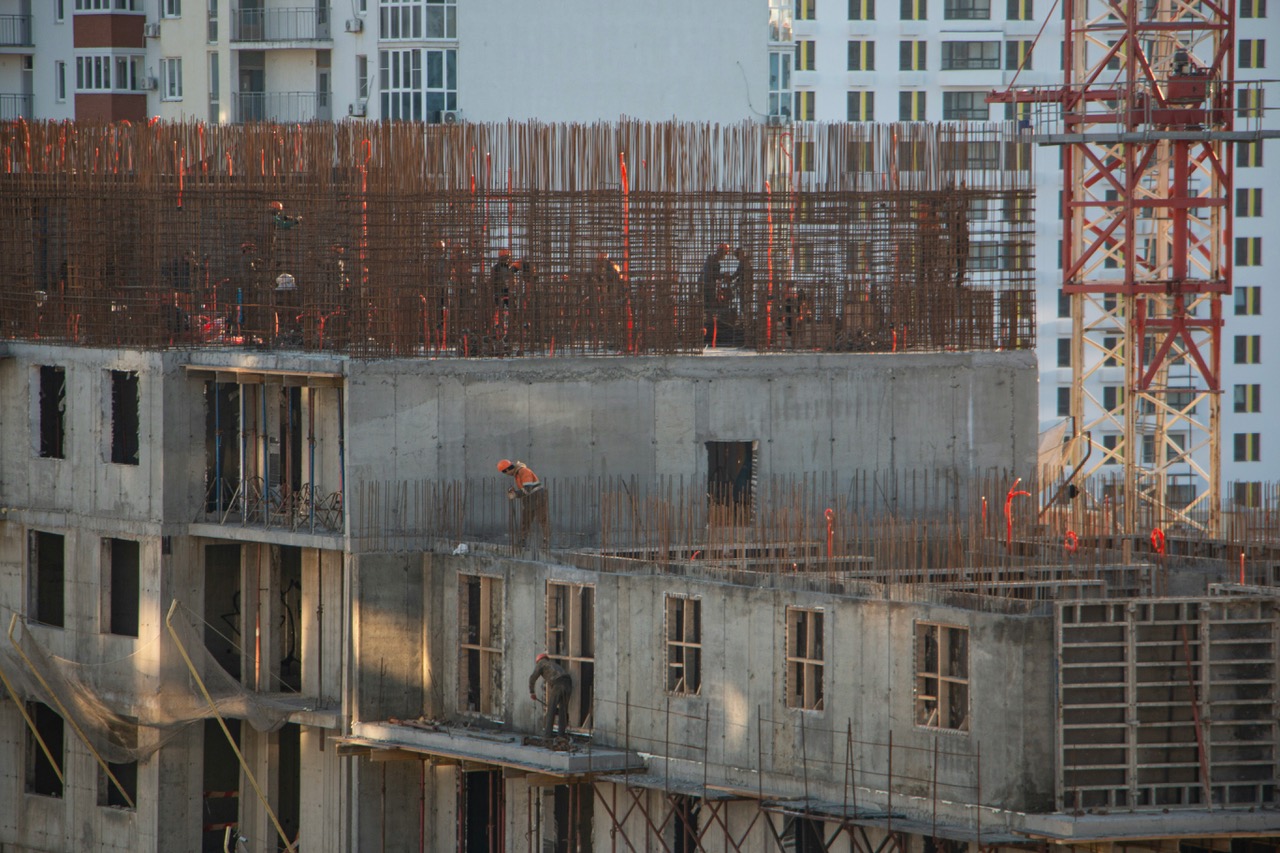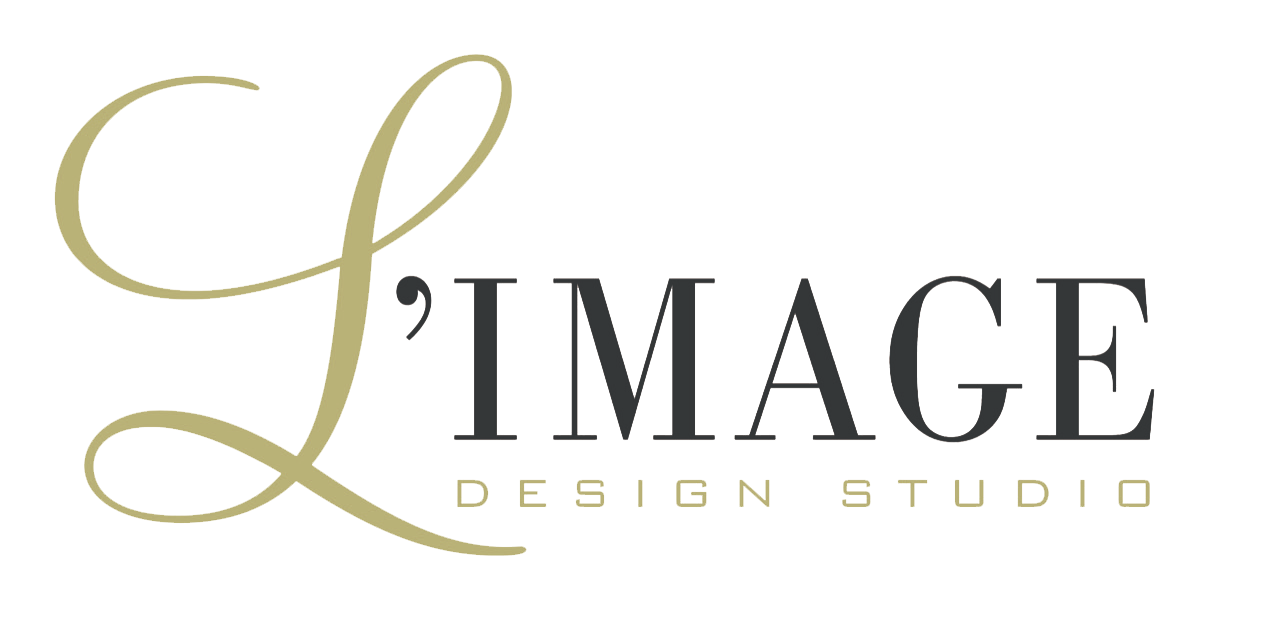
Permits, Codes, and Compliance: What Business Owners Need to Know
At L’IMAGE Design Studio, our core belief is that thoughtful design must always be built on a foundation of technical excellence. In the commercial and residential environments we design, aesthetic vision and code compliance go hand‑in‑hand. We’ve crafted hundreds of projects—from corporate offices to boutique hospitality settings—where navigating permits, building codes, zoning, and life safety compliance is as critical as the design itself.
This guide breaks down the essentials that business owners need to master before launching a build-out, renovation, or interior design initiative.
- Understanding Permits: What Requires Approval?
Before any construction or remodeling begins—whether modifying office layouts, upgrading mechanical systems, or adding signage—you must secure the correct permits:
- Building Permit: Required for anything that involves structural, electrical, plumbing, or mechanical changes or occupancy changes.
- Certificate of Occupancy (or Use & Occupancy Permit): Required when a building or space is converted to a new use, or ownership changes. It certifies compliance with codes and confirms it’s safe to occupy.
- Sign Permit: Any exterior signage typically requires a permit, even if the sign seems modest; regulations cover size, placement, illumination, and installation procedures.
Even small changes—like moving walls or installing new plumbing in a café interior—can trigger multiple permit requirements. At L’IMAGE, we help clients anticipate and bundle these into the planning process to avoid delays.
- Zoning & Licensing: Making Sure You’re Allowed
Local zoning ordinances regulate what types of businesses can occupy a space, and how they operate. For instance, many residential zones prohibit auto repair, food service, or high-traffic retail operations in-home or small mixed‑use settings.
Additionally, most jurisdictions require a business license to legally operate—ranging from general licenses to more specialized professional or food service licenses. Compliance may also involve registration with state agencies and obtaining tax IDs like an EIN.
Our team ensures clients understand zoning definitions and licensing timelines—even before a design concept is finalized.
- Codes: The Backbone of Safe Design
The U.S. building code system is organized around model codes developed by the International Code Council (ICC) (e.g. IBC, IRC, IPC, IMC, IECC) plus regional fire, energy, electrical, and mechanical codes, often supplemented by NFPA standards.
In Maryland (including Carroll and surrounding counties), the adopted standards include:
- 2021 International Building Code (IBC)
- 2021 International Energy Conservation Code (IECC)
- 2021 International Mechanical, Fire, Plumbing, and Accessibility codes
- 2020 National Electric Code (NEC) effective May 2023
- NFPA Life Safety Code (2018) and other related codes
These building codes establish minimum standards to ensure the safety, structural integrity, fire protection, accessibility, and energy efficiency of your space.
- Compliance & Inspections: From Paperwork to Practical Safety
Once permits are issued, inspections occur at key stages: foundations, rough‑ins, walls, mechanical systems, and final walkthroughs. Inspectors verify that the work aligns with approved plans and codes. The final walk‑through usually precedes issuing a certificate of occupancy or final permissions.
Code compliance departments (e.g. county or city code compliance offices) also field complaints and may act if work is performed without permits or outside approved parameters.
Pro tip: keep all permits posted on-site, notify inspectors 24 hours before critical stages, and retain approved stamped plans for reference.
- How Design Firms Play a Role
Our approach at L’IMAGE includes:
- Assessing project goals alongside zoning and permitting constraints.
- Collaborating with engineers and MEP specialists to design systems compliant with energy, mechanical, and plumbing codes early in the concept stage.
- Preparing permit-ready drawings and coordinating with local departments (e.g. Carroll County Bureau of Permits & Inspections) to streamline approvals.
- Managing sign, interior, and life‑safety permit processes so nothing is overlooked.
When design and compliance are integrated, projects avoid delays, avoid rework, and deliver functional, safe environments on time.
- Why Business Owners Should Prioritize Permits & Compliance
- Legal Protection: Operating without required permits or occupancy certificates can result in fines, stop‑work orders, or business closure.
- Safety & Liability Mitigation: Adhering to codes helps prevent hazards—from fire risk to structural collapse or energy inefficiency.
- Efficiency: Well‑planned permitting avoids costly rework—designs stay consistent with what inspectors expect.
- Enhanced Professionalism: Compliance reflects well on your brand and shows you value client and occupant safety.
Final Thoughts
For business owners and property developers, the intersection of design and compliance is where vision meets practicality. At L’IMAGE Design Studio, our projects begin with a thorough understanding of permits, zoning, life‑safety, and building code requirements, ensuring we deliver not just beautiful interiors, but spaces that are fully legal, safe, and code‑compliant from the moment they open.
If you’re ready to move forward with a design vision—be it a renovation, new build-out, signage package, or re‑imagined workspace—let us help guide the permitting and compliance process every step of the way. Safe, legal, stunning design is not only possible…it’s our standard.
If you want more information or assistance with permits, codes, and compliance, contact L’IMAGE Design Studio by filling out the contact information form or calling (410) 489-0678.
